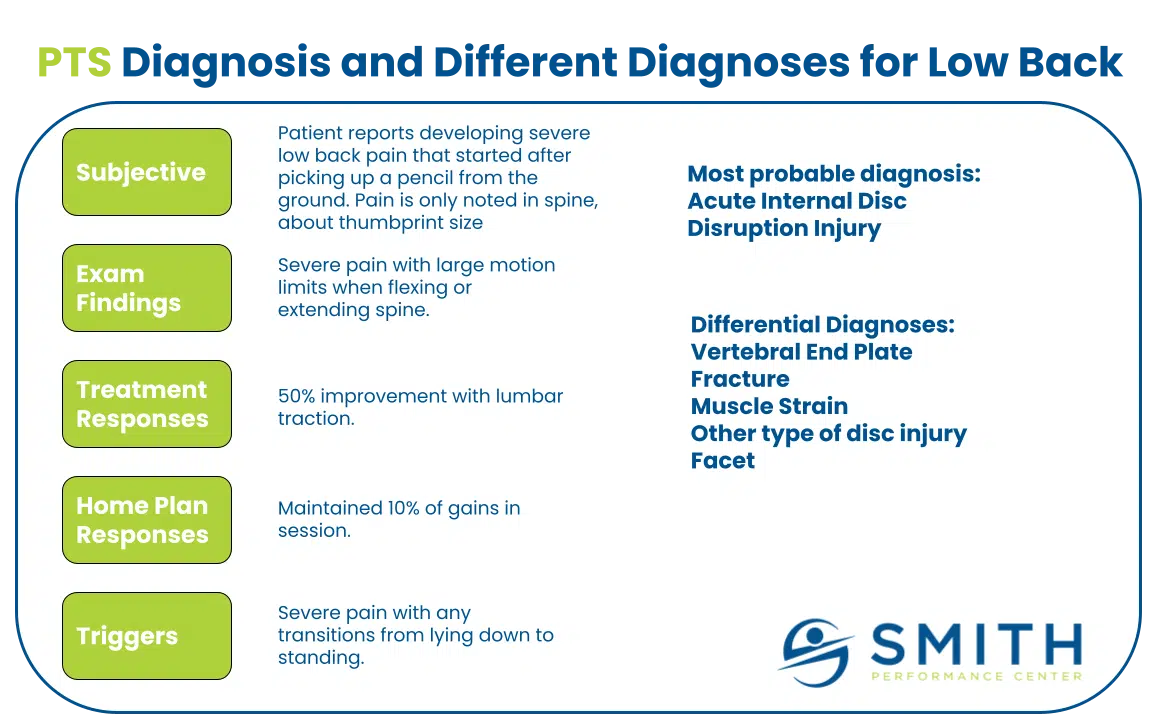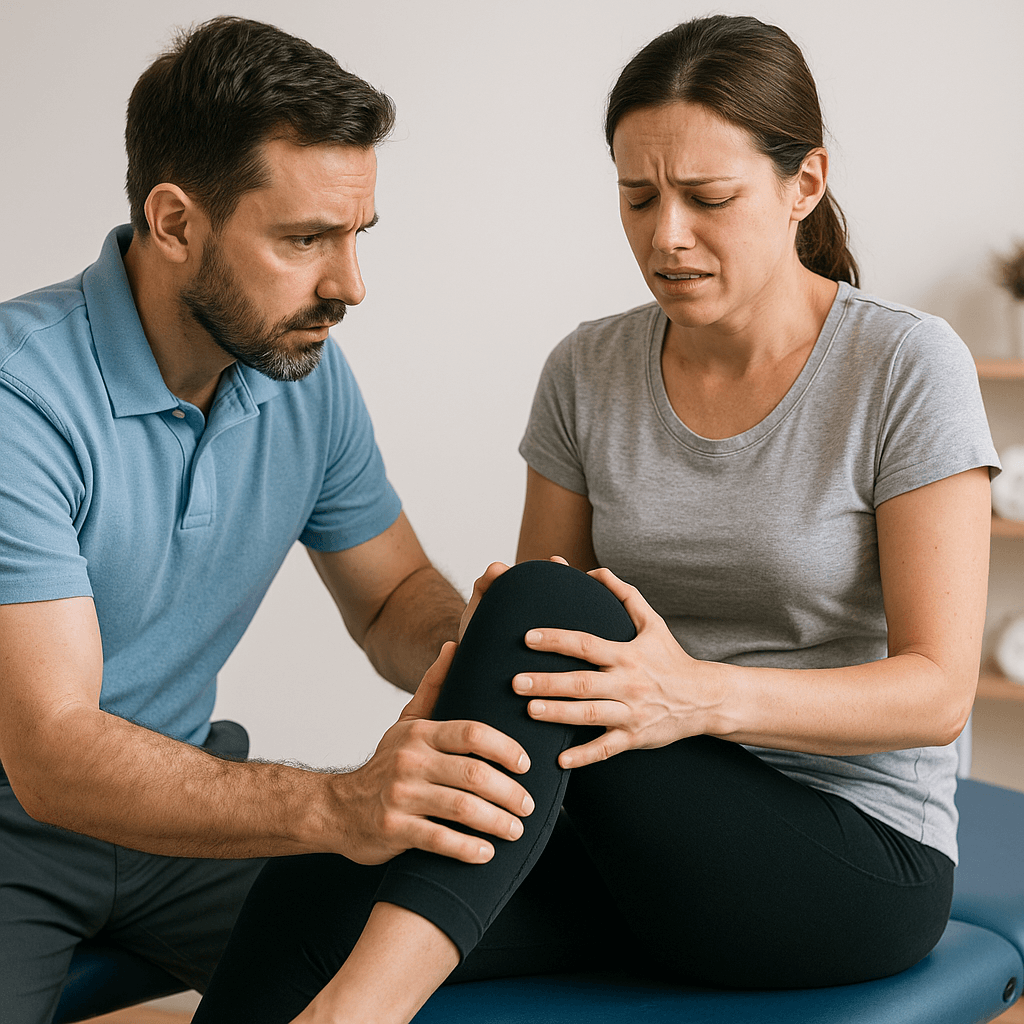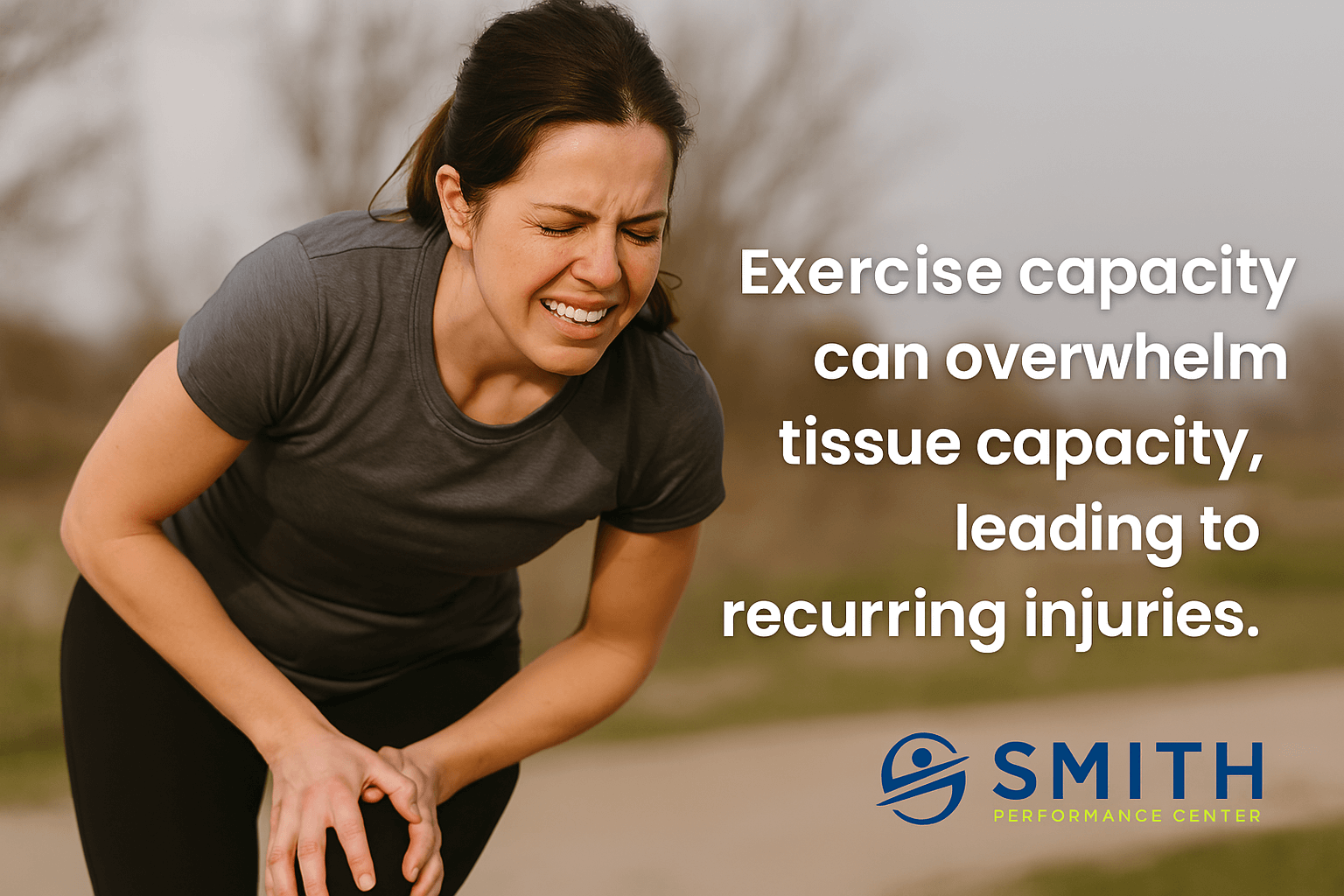
5 Steps To Develop A Diagnosis In Physical Therapy
“My butt hurts.” A significant proportion of my conversations start with this statement. She continued, “ I have regular active release along with dry needling. I stretch my hamstring ALL THE TIME and I still have pain.” Her frustration was palpable. “I know I have a tight hamstring and there is scar tissue. But it’s been 8 months.” She assumes the pain must be the hamstring; we call this the pain generator. The hamstring tendon attaches right where her pain starts. The tightness is over the hamstring muscle belly. She describes the pain in a clear way that implicates the hamstring. She made a convincing argument that the hamstring is the issue and the diagnosis has been repeated by multiple medical providers including a physician and two physical therapists. The location matched. Running increased the pain. Another match. Stretching and manual therapy provided temporary relief. But 8 months into the






